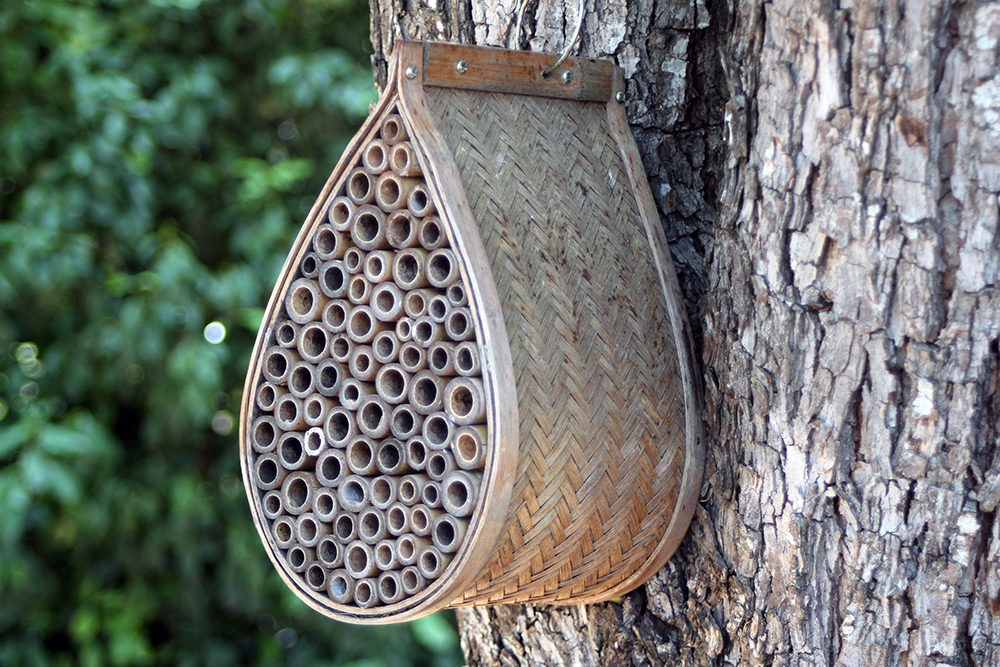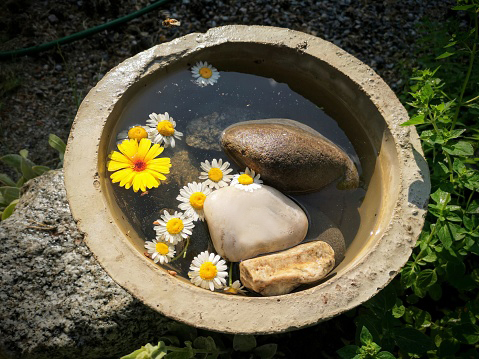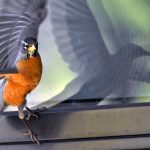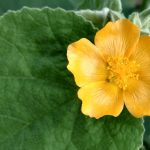One of the most helpful things we can do for pollinators is provide them space and resources. Then, just let them be.
by Bruce Venable
Most garden enthusiasts don’t need to be reminded of how important it is to attract pollinators to their gardens. But did you know, in addition to providing food for our hard-working pollinator friends, it’s just as important to provide an area for nesting, hydration and breeding?
When we think of pollinators, most of us think of the hummingbirds and butterflies that grace our gardens every year. But there are many bee pollinators to consider, too. They include ground bees, leaf-cutting bees and Mason bees.
Unlike honeybees, these species don’t create honey or live in the same type of complex hive structures. They’re solitary bees that dwell in small holes they create by burrowing into different types of material. Ground bees prefer to find bare dirt to make their homes, whereas Mason and leaf-cutting bees create small bee size holes in trees or wooden structures.
So how can you help these hard-working pollinators? You can start by providing shelter, food and water.
 One option is to buy or build a bee hotel. Leaf-cutting and Mason bees create small holes to use for shelter and laying eggs. Many bees will cut leaf clippings or gather leaf litter to insulate their homes and prevent water from entering. These bee hotels or bee boxes are usually made of wood with different size holes drilled into them. Sometimes they have PVC pipes or bamboo tubes that lay horizontally within the frame of the structure.
One option is to buy or build a bee hotel. Leaf-cutting and Mason bees create small holes to use for shelter and laying eggs. Many bees will cut leaf clippings or gather leaf litter to insulate their homes and prevent water from entering. These bee hotels or bee boxes are usually made of wood with different size holes drilled into them. Sometimes they have PVC pipes or bamboo tubes that lay horizontally within the frame of the structure.
There are many fun and customizable options for creating pollinator homes. Just search “bee hotel” on the internet for ideas.

Next, make sure there’s water nearby. Use a small dish or shallow container, add small rocks or pebbles, and fill it with water about halfway up the rocks. The stones provide the bees a safe place to land while they’re quenching their thirst.
Here’s a few other ways to help our bee friends.
- Reduce or eliminate insecticide and pesticide use.
- Provide sunny areas out of the wind.
- Use native plant species whenever possible, mimic local natural areas.
- Grow flowers throughout the season. Provide a variety of colors and shapes.
- Plant in clumps and layers. Use trees and shrubs with some low-growing perennials and mix in annuals.
- Use compost instead of commercial fertilizers.
One of the most helpful things we can do to help pollinators is to provide space and resources. After that, let them do what they do best.




